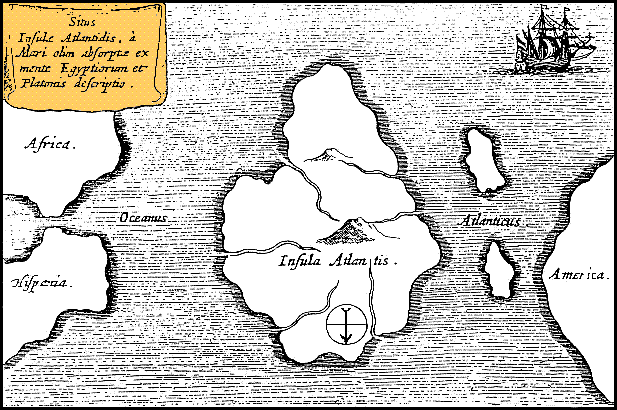Deals of the day- Mergers and acquisitions
Mon Jan 20, 2014 5:26pm EST
Jan 20 (Reuters) - The following bids,
mergers, acquisitions and disposals were reported by 2200 GMT on
Monday:
** Anheuser-Busch InBev SA, the world's
largest brewer, has agreed to buy South Korea's Oriental Brewery Co Ltd for $5.8
billion including debt, regaining ownership of a key Asian asset at a time of
strong industry growth across the region.
** Oil major Royal Dutch Shell Plc said it
had agreed to sell stakes in a gas project in Western Australia for $1.14
billion as part of a drive to improve return on investment.
** General Electric Co has agreed to buy
flow equipment provider Cameron International Corp's reciprocating compression
division for $550 million as it looks to benefit from the boom in the
development of shale oil and gas fields.
** French carmaker PSA Peugeot PA has
taken a decisive step towards a tie-up with China's Dongfeng Motor Group Co Ltd
as the board approved the outlines of a contentious survival plan that divided
the founding Peugeot family.
** China's Lenovo Group Ltd has resumed
discussions to buy International Business Machines Corp's low-end server unit, a
source familiar with the matter told Reuters.
** French utility GDF Suez SA had takeover
approaches for Canada-based Talisman Energy Inc rebuffed late last year as it
seeks acquisitions worth as much as $10 to $20 billion outside Europe, banking
and industrial sources said.
** Activist investor Elliott Management
Corp has raised its stake in German drug distributor Celesio AG and now controls
shares equivalent to 24.08 percent of voting rights, regulatory filings to the
Frankfurt Stock Exchange on Monday showed.
** TransCanada Corp, Canada's No. 2
pipeline company, said it will sell its Cancarb Ltd unit, a carbon black
manufacturer, to Japan's Tokai Carbon Co Ltd for C$190 million ($173 million) in
order to focus on expanding its pipeline business.
** Osisko Mining Corp rejected an
unsolicited C$2.6 billion ($2.37 billion) takeover bid from rival Goldcorp Inc ,
saying the offer was financially inadequate and not in the best interests of its
shareholders.
** French state-controlled nuclear group
Areva SA and Spanish wind turbine maker Gamesa have agreed a preliminary deal to
create one of the biggest players in offshore wind energy.
** Qatar's Barwa Real Estate Co QSC said
it had agreed to sell its 37.34 percent stake in unlisted Barwa Bank for 2.39
billion riyals ($656 million) as part of a wider deal to help the property
developer cope with its debt burden.
** Deutsche Bank AG said it expected the
long-planned sale of its BHF-Bank unit to happen early in 2014, according to
presentation slides. Deutsche Bank, which is selling BHF to financial investor
RHJ International SA , wrote nearly 200 million euros ($271.15 million) off the
value of the unit in the fourth quarter.
** China National Nuclear Corp has agreed
to buy a 25 percent stake in Australian miner Paladin Energy Ltd's uranium mine
in Namibia for $190 million, locking in supplies as Beijing builds new nuclear
plants for cleaner energy.
** Britain's Co-operative Group has
scrapped the sale of its general insurance business following a restructuring
deal which means it does not have to contribute as much capital to its
struggling bank as initially envisaged.
** Bahrain-based investment firm Gulf
Finance House BSC said it was offloading 75 percent of English soccer club Leeds
United to a consortium of British investors and would retain a 10 percent stake
following the sale.
** Shares in Perusahaan Gas Negara surged
as much as nearly 9 percent after reports said the Indonesian parliament had
rejected a planned acquisition of the gas utility firm by state energy company
Pertamina.
** Private equity firm Electra Private
Equity Plc will acquire footwear retailer Hotter Shoes in a deal valued at 200
million pounds ($327 million), The Telegraph reported on Sunday.
** Abu Dhabi National Energy Co (Taqa)
plans to invest about $1.2 billion developing the Atrush oil and gas block in
the autonomous Kurdistan region, the head of Taqa's Iraq operations
said.
** The board of Norwegian Car Carriers ASA
will recommend that shareholders reject a bid for the firm made by Car Carrier
Investments, board member Atle Bergshaven told Reuters.
** Dubai district cooling firm Empower
bought Palm Utilities from a unit of Dubai World for $500 million on Sunday,
part of a shuffle of assets between companies ultimately owned by Dubai's
government or the emirate's ruler.
** Tesco Plc considered a bid for mother
and baby products retailer Mothercare Plc to help reinvigorate its British
hypermarkets, the Sunday Times reported. Citing retail sources, the newspaper
said Tesco examined a bid six months ago but has put the plan on hold.
** Royal Dutch Shell and Mubadala
Petroleum have swapped equity stakes in two exploration blocks off Malaysia, the
companies said on Sunday. Mubadala has taken a 20 percent interest in the
Shell-operated deepwater Block 2B and Shell has taken a 20 percent interest in
the Mubadala-operated Block SK320 in return.
** Bahrain's Investcorp Bank BSC and the
founders of TDX Group have agreed to sell their stakes in the British technology
firm to U.S. credit reporting agency Equifax Inc for 200 million pounds,
according to a filing at Bahrain's bourse.
** Eaton Corp on Monday said it would sell
its aerospace power distribution unit to Safran SA for $270 million, in a deal
that is expected to close in the first half of 2014.
** Indian drugmaker Aurobindo Pharma Ltd
said on Saturday it agreed to buy Actavis Plc's commercial operations in seven
Western European countries for about 30 million euros, in a bid to increase its
international footprint.
























